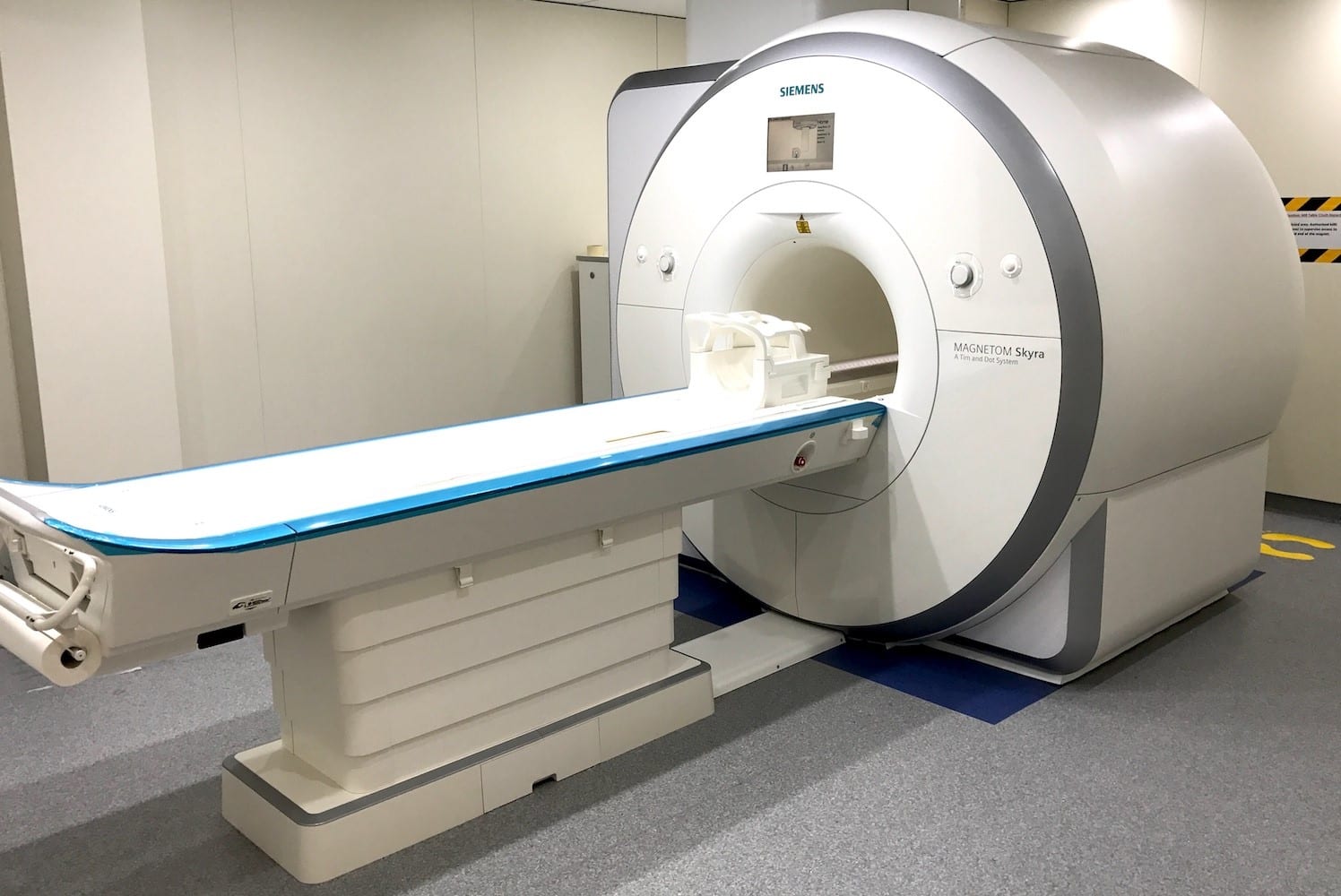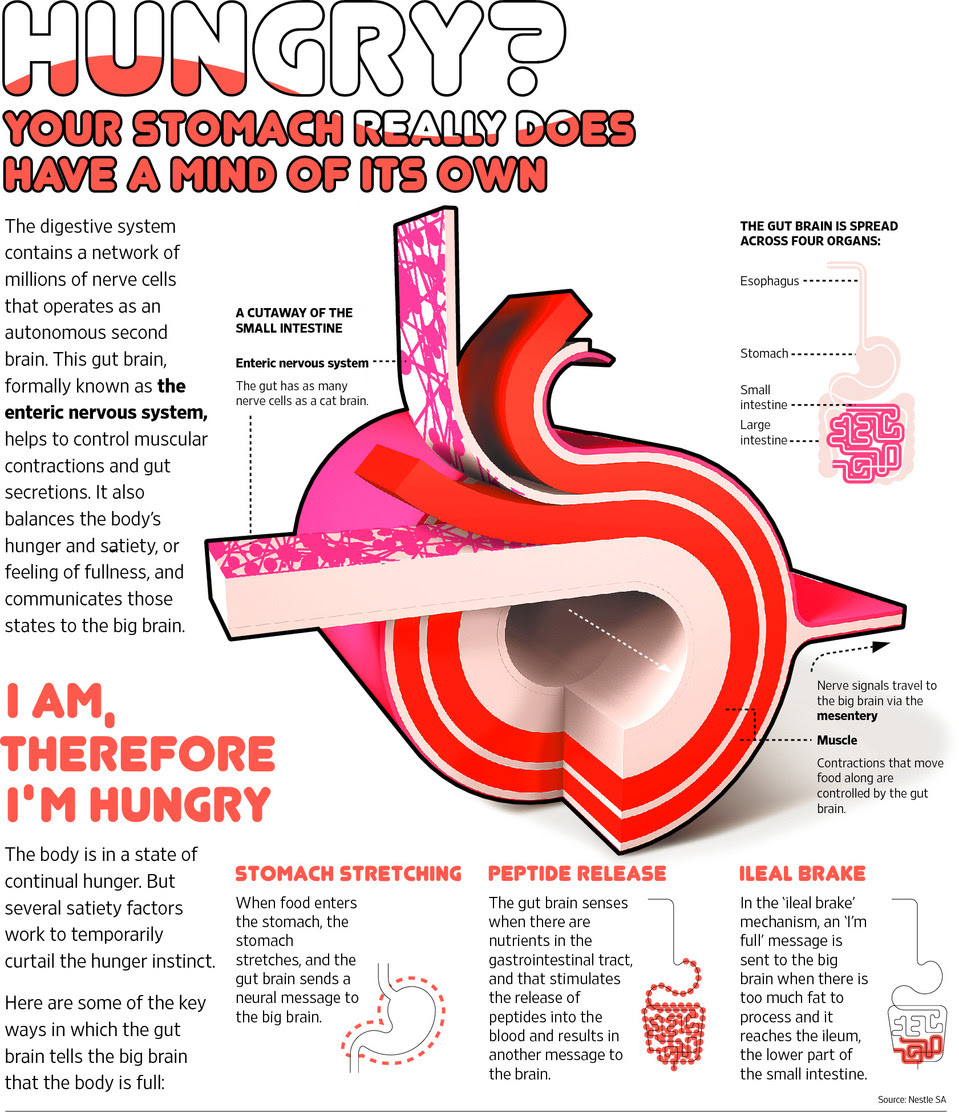


Understanding that, and knowing that a widening gap between the development of emotional and judgment networks is happening in young people today, can help parents, teachers, counselors and teenagers themselves. The plasticity of networks linking brain regions-and not the growth of those regions, as previously thought-is key to eventually behaving like an adult. And yet puberty seems to be starting earlier, extending the “mismatch years.” Indeed, we now know that the prefrontal cortex continues to change prominently until well into a person's 20s. The most recent studies indicate that the riskiest behaviors arise from a mismatch between the maturation of networks in the limbic system, which drives emotions and becomes turbo-boosted in puberty, and the maturation of networks in the prefrontal cortex, which occurs later and promotes sound judgment and the control of impulses. But the morphing landscape also makes them vulnerable to dangerous behaviors and serious mental disorders. It allows teenagers to make enormous strides in thinking and socialization.

This special changeability, or plasticity, is a double-edged sword. It has been forged by evolution to function differently from that of a child or an adult.įoremost among the teen brain's features is its ability to change in response to the environment by modifying the communications networks that connect brain regions. It is not a half-baked adult brain, either. Groundbreaking research in the past 10 years, however, shows that this view is wrong. Neuroscientists have explained the risky, aggressive or just plain baffling behavior of teenagers as the product of a brain that is somehow compromised. The “teen brain” is often ridiculed as an oxymoron-an example of biology gone wrong.


 0 kommentar(er)
0 kommentar(er)
